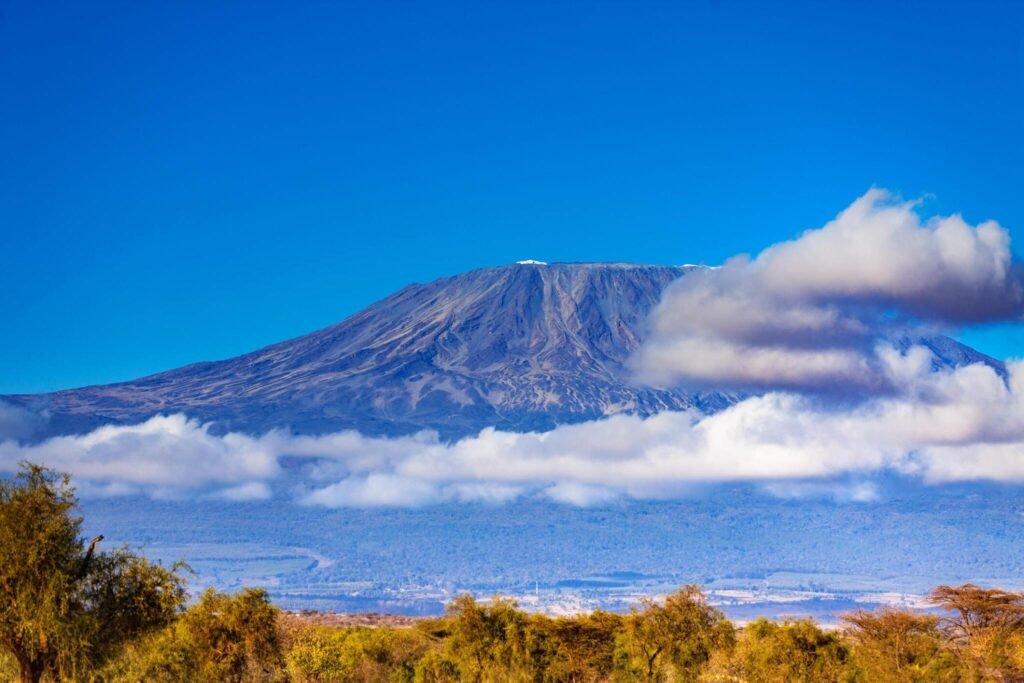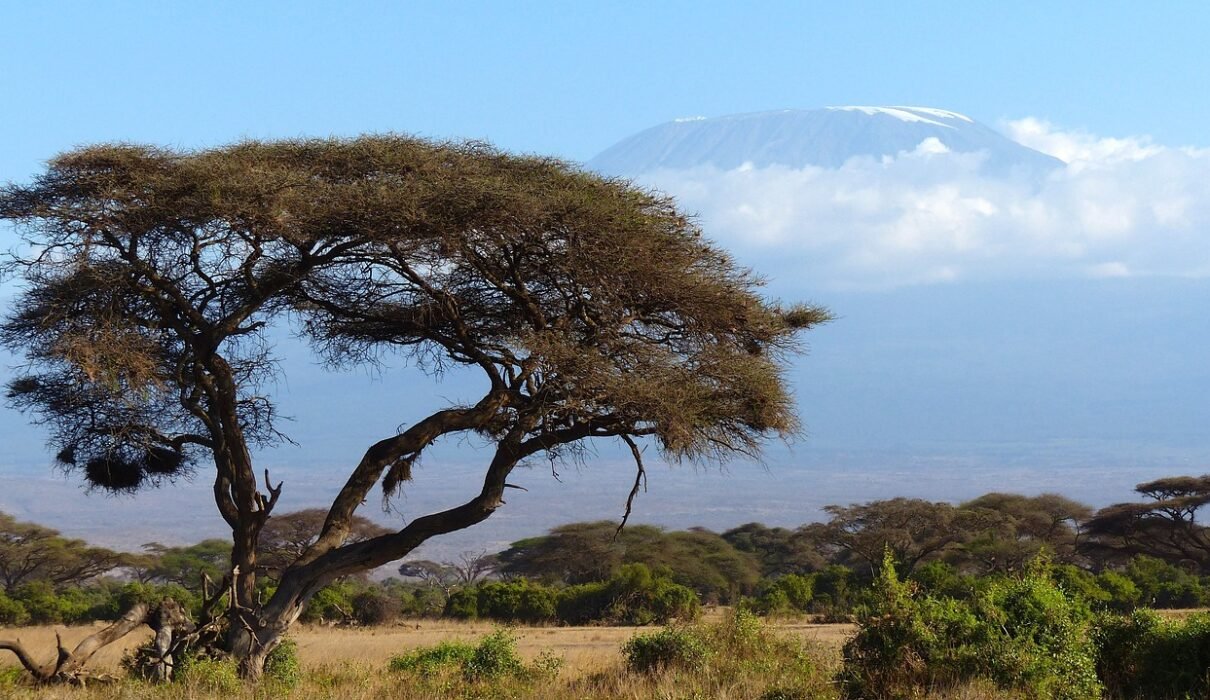What Gloves Do I Need to Climb Kilimanjaro ? : Climbing Mount Kilimanjaro is a thrilling adventure, but the weather conditions on the mountain can be extreme, especially near the summit. One of the essential gear items you’ll need for a successful climb is a good pair of gloves. Proper gloves protect your hands from freezing temperatures and ensure you can handle equipment comfortably throughout your trek. In this guide, we’ll cover what gloves you need to climb Kilimanjaro and the best choices for warmth, waterproofing, and flexibility.
Get expert advice on Kilimanjaro climbing gear here

What Gloves Do I Need to Climb Kilimanjaro ? : Why Gloves Are Essential for Climbing Kilimanjaro
The temperature on Kilimanjaro can drop dramatically as you ascend higher, particularly on summit night when you might experience temperatures as low as -20°C (-4°F). Cold, numb hands can make it difficult to grip trekking poles, handle gear, or even stay warm enough to continue your climb. A quality pair of gloves will keep your hands insulated, dry, and functional.
- Key Considerations: Insulation, waterproofing, and dexterity.
- Layering: Many climbers use a layered glove system for maximum protection
Learn more about Kilimanjaro weather conditions and gear.
What Gloves Do I Need to Climb Kilimanjaro ? : Layering System: Inner and Outer Gloves
The best approach for hand protection on Kilimanjaro is to use a layering system consisting of inner liners and outer gloves. This allows you to adjust to changing weather conditions throughout the trek.
Inner Gloves
Inner liners are lightweight gloves that provide basic warmth and are often worn during the warmer parts of the climb. They can be worn alone at lower altitudes or as a base layer under your outer gloves when the temperature drops.
- Material: Merino wool or synthetic fabrics like polyester for moisture-wicking properties.
- Features: Breathable, lightweight, and quick-drying.
Check out highly recommended inner gloves here.
Outer Gloves
Outer gloves are heavily insulated, waterproof, and designed to keep your hands warm in freezing temperatures. These are essential for summit night when temperatures can plummet, and weather conditions become more extreme.
- Material: Waterproof and windproof materials such as Gore-Tex or leather.
- Features: Insulated, durable, and often with a wrist strap to prevent snow from entering.
Discover top-rated outer gloves for cold-weather trekking.
What Gloves Do I Need to Climb Kilimanjaro ? : Best Gloves for Climbing Kilimanjaro: Top Recommendations
1. Black Diamond Mercury Mitts
These mitts are a favorite among climbers for their excellent warmth and durability. They feature a waterproof shell and an insulated liner, providing maximum protection in freezing conditions.
- Features: Removable liner, high insulation, and excellent for summit night.
- Why It’s Ideal: Provides superior warmth while allowing flexibility with its removable liner.
Learn more about Black Diamond Mercury Mitts.
2. Outdoor Research Alti Mitts
Known for their warmth and waterproofing, these mitts are ideal for extreme cold. They feature a Gore-Tex outer shell and PrimaLoft insulation, making them perfect for the coldest parts of Kilimanjaro.
- Features: Gore-Tex waterproofing, PrimaLoft insulation, and a removable liner.
- Why It’s Ideal: Designed for high-altitude expeditions, making it a reliable choice for summit night.
Check out Outdoor Research Alti Mitts reviews.
3. The North Face Montana Futurelight Gloves
These gloves are an excellent balance between warmth and dexterity. With a Futurelight waterproof shell and Heatseeker insulation, they offer great protection without sacrificing flexibility.
- Features: Waterproof, lightweight, and touchscreen-compatible.
- Why It’s Ideal: Perfect for climbers who need both warmth and the ability to use their hands for gear handling.
Learn more about The North Face Montana gloves.
What Gloves Do I Need to Climb Kilimanjaro ? : Waterproofing: Keeping Your Hands Dry on Kilimanjaro
Waterproof gloves are essential for protecting your hands from snow, ice, and rain, especially as you approach the summit. Wet hands can quickly become cold, increasing the risk of frostbite or discomfort.
- Materials: Look for gloves made with Gore-Tex, eVent, or DWR (Durable Water Repellent) coatings.
- Importance: Waterproof gloves keep moisture out while allowing sweat to escape, ensuring your hands stay dry and warm.
Explore more about waterproof gloves for mountaineering.
What Gloves Do I Need to Climb Kilimanjaro ? : Insulation: Choosing the Right Level of Warmth
Insulation is crucial for maintaining warmth on Kilimanjaro, particularly at higher altitudes. Look for gloves with synthetic or down insulation to keep your hands warm, even in extreme cold.
Synthetic Insulation
Gloves with synthetic insulation, such as PrimaLoft or Thinsulate, offer excellent warmth and continue to insulate even when wet. This is ideal for Kilimanjaro’s unpredictable weather.
- Best For: Wet conditions, durability, and moisture management.
Down Insulation
Down is extremely warm and lightweight, making it an excellent option for very cold conditions. However, down loses its insulating properties when wet, so it’s better suited for dry environments.
- Best For: Extremely cold, dry conditions.
Find the best-insulated gloves for climbing.
What Gloves Do I Need to Climb Kilimanjaro ? : Dexterity: Ensuring Comfortable Use of Equipment
While warmth is the top priority, you’ll also need gloves that offer enough dexterity for gripping trekking poles, handling zippers, and adjusting gear. Mittens are generally warmer than gloves but can limit finger movement. Some climbers prefer to use mitts for extreme cold and gloves when more dexterity is required.
- Tip: Look for gloves with pre-curved fingers and reinforced palms for better grip and flexibility.
Read more about dexterous gloves for trekking.
Glove Liners: Added Warmth and Versatility
Glove liners are a versatile and affordable way to add extra warmth. They can be worn on their own in milder conditions or layered under heavier gloves when the temperature drops.
- Material: Merino wool or silk liners offer excellent warmth without adding bulk.
- Why Use Them: Liners wick moisture away from your skin and provide extra warmth without restricting movement.
Check out top glove liners for climbing.
What Gloves Do I Need to Climb Kilimanjaro ? : Additional Features to Consider
When choosing gloves for Kilimanjaro, look for additional features that can improve comfort and functionality during your climb.
- Wrist Straps: Keep gloves secure and prevent snow from getting inside.
- Touchscreen Compatibility: Allows you to use smartphones or cameras without removing your gloves.
- Gauntlet Cuffs: Extend over your jacket sleeves to prevent snow and cold air from entering.
Explore advanced glove features for mountaineering.

What Gloves Do I Need to Climb Kilimanjaro ? : Conclusion
Choosing the right gloves for your Kilimanjaro climb is essential for protecting your hands from freezing temperatures and ensuring a comfortable, successful ascent. A combination of inner liners and insulated outer gloves will keep you warm and dry throughout the trek. Be sure to select gloves that offer the right balance of warmth, waterproofing, and dexterity to meet the demands of the mountain.
For more detailed advice on climbing Kilimanjaro, visit Kilimanjaro Climb Specialist or Eddy Tours & Safaris.

